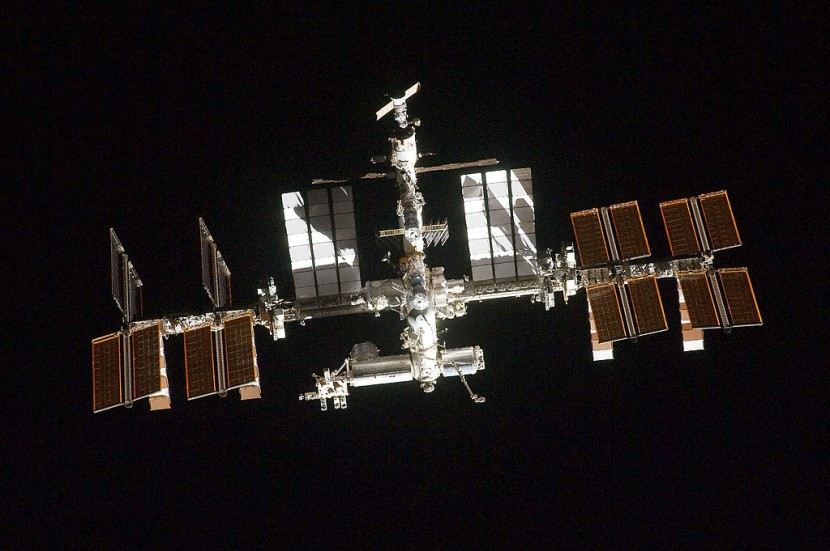On December 6, 1998, the Russian Zarya space module was connected to the US module Unity, marking the beginning of a new cooperation between the two space superpowers since the fall of the Soviet Union.
From these two core components, the International Space Station was born.
On the occasion of the orbiting laboratory's 25th anniversary, NASA conducted a livestream event where Associate Administrator Bob Cabana and ISS Program Manager Joel Montalbano spoke to the seven members of Expedition 70 aboard the station on Wednesday (December 6).
"I cannot believe it was 25 years ago today that we grappled Zarya and joined it with the Unity node," Cabana told the ISS crew. "Absolutely amazing."
The station celebrates 25 years of operations today as the Exp 70 crew conducted aging, mental health, and cognition research while continuing ongoing cargo operations. https://t.co/HTuqCKHt8O
— International Space Station (@Space_Station) December 6, 2023
The official account of the station on X, the social media platform formerly known as Twitter, also celebrated the occasion.
"The station celebrates 25 years of operations today as the [Expedition] 70 crew conducted aging, mental health, and cognition research while continuing ongoing cargo operations," the caption wrote.

Future Plans for the ISS
A few weeks ago, NASA announced its plans to consider keeping the ISS running beyond 2030, which was the planned extension of the space laboratory's retirement schedule.
Space.com reported that private space companies such as SpaceX and Northrop Grumman have been supplying the station with fresh crew and supplies, respectively.
Meanwhile, Axiom Space has been running independent private missions to the station for commercial purposes, using paying customers to pay for their seats. Axiom has also been planning to attach modules to the ISS before separating from it to become its independent station.
NASA Space Operations Associate Administrator Ken Bowersox explained that retiring the ISS at the end of the decade was not mandatory and that deorbiting the station would still depend on the progress private space companies were making on upcoming commercial space labs.
"The timeline is flexible," he added.
However, Bowersox clarified that NASA would still transition to the new orbital stations upon their completion and eventual operation to replace the ISS.
© 2025 HNGN, All rights reserved. Do not reproduce without permission.








